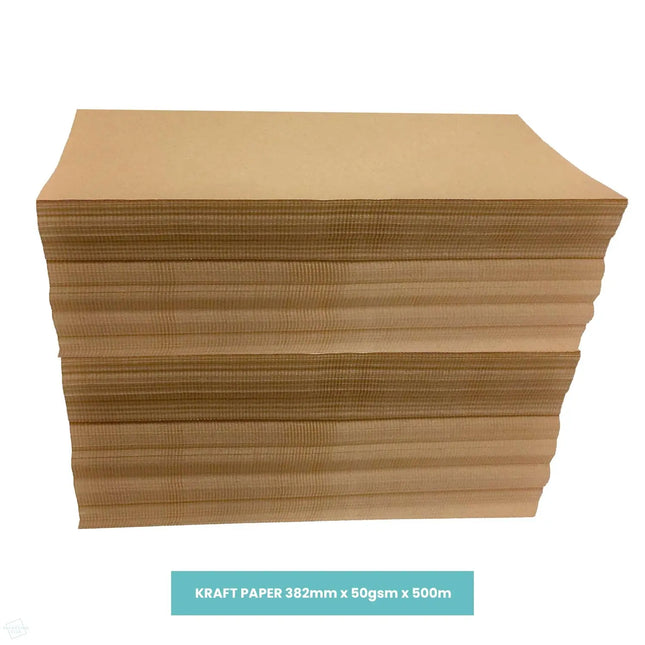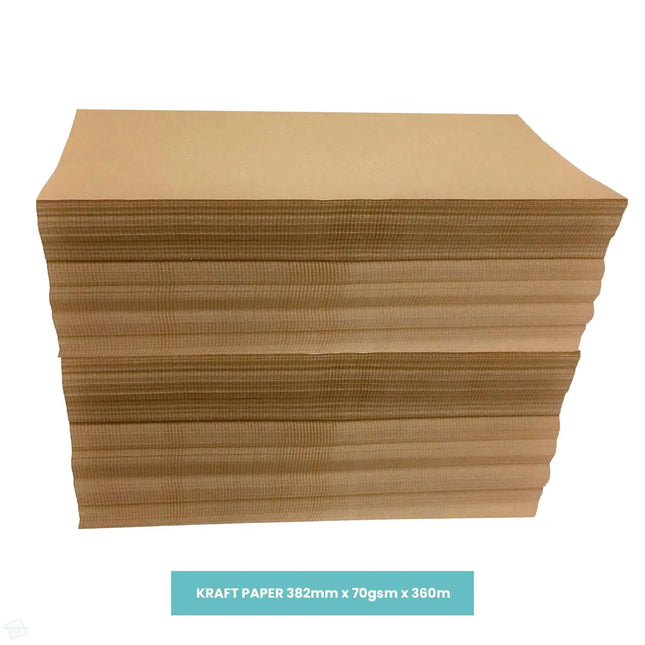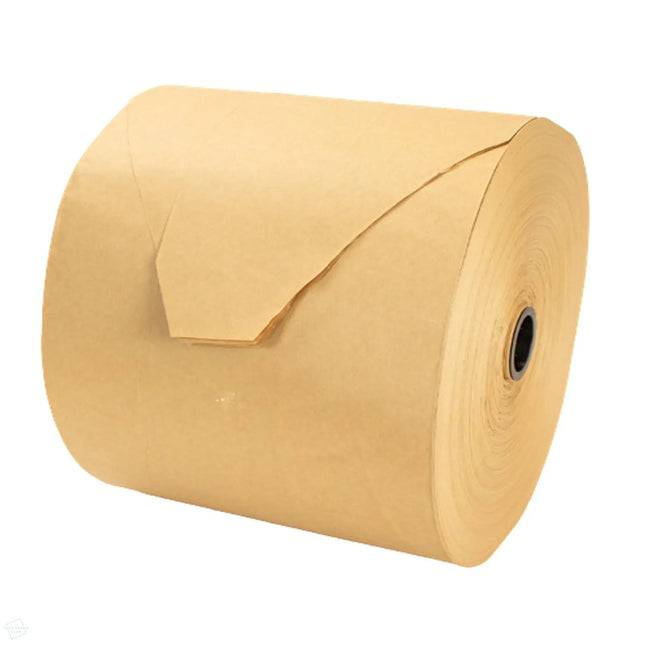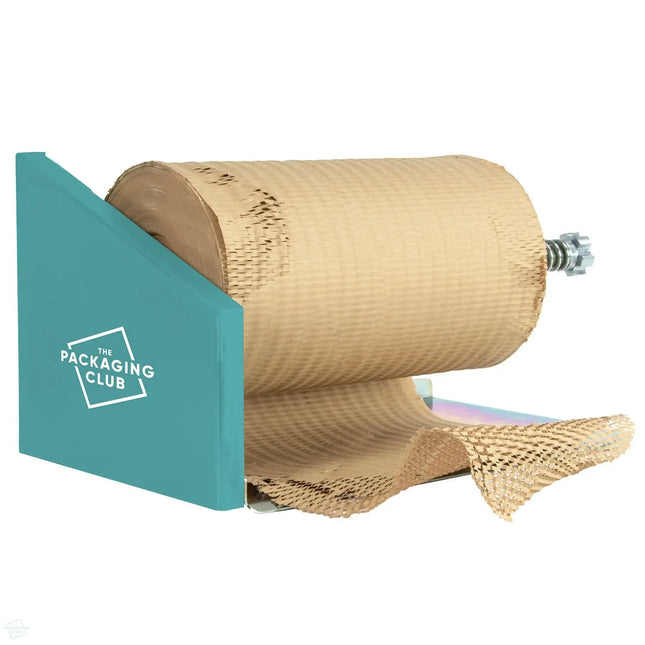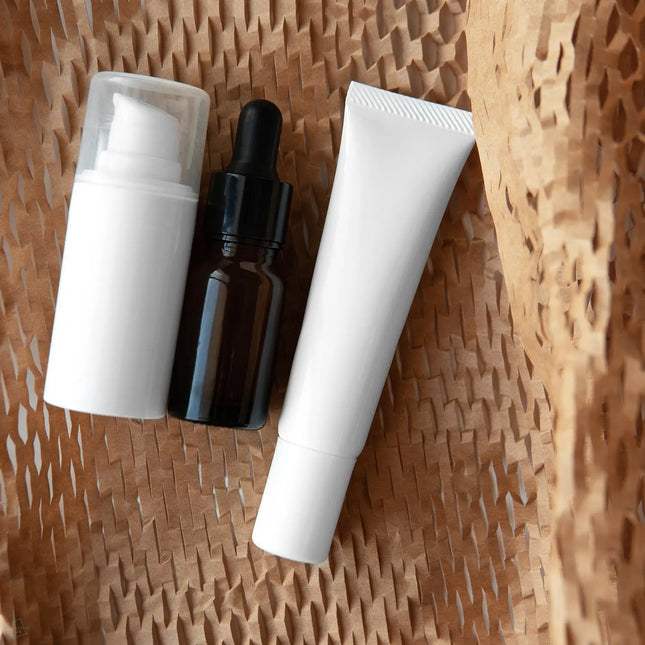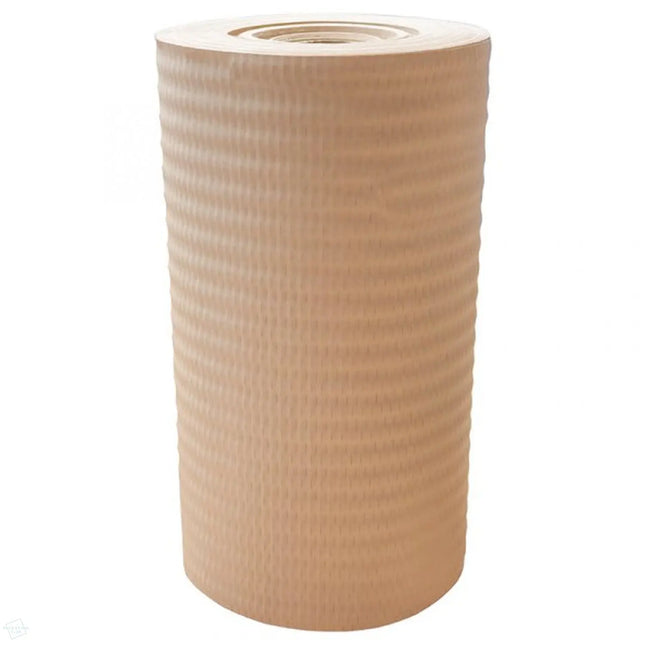Handle With Care: How to Ship Fragile Items

As an ecommerce business, you have to ensure that what you’re sending out gets to your customers undamaged and uncontaminated. After all, if a product breaks in transit, not only will you have to placate a disappointed customer and rebuild trust in your fulfilment ability, but you’ll also have to go to the expense of replacing said item and posting it once again.
What counts as fragile?
Unfortunately, there are some products that make delivery even more of a challenge because, by their very nature, they’re fragile, delicate and therefore far more prone to shattering, cracking or breaking. We’re thinking, of course, of glass: ornaments, lightbulbs and other homewares, for example.

But nowadays, there are plenty of other things that are purchased increasingly online which also need to be handled with care: porcelain, ceramics, floor tiles, electrical components, lamp bases, parts for musical instruments (or even the instruments themselves) and of course, popular items like phone screens, sunglasses and spectacles – the kinds of things we routinely break, even when they’re safely with us already.
So, here, therefore are our suggestions for sending fragile items through the post and getting them to their final destination unscathed:
Go lightweight but rigid
We can all appreciate how lightweight packaging saves a package when it comes to shipping costs, but does the fact that it’s lightweight mean it’s effective when it comes to sending and protecting fragile items? Well, in a word, absolutely, especially when a bit of forethought has gone into making sure the packaging is the right size for the product.

Lightweight doesn’t mean weak and rigidity is key in terms of protection, as is demonstrated, for example, by corrugated cardboard. It also helps if packaging has been designed with other features such as in-built retention, reinforced sides and a strong seal.
An excellent example of lightweight, rigid packaging is The Packaging Club’s cardboard boxes, specifically double-walled cardboard boxes which are highly resistant to compression. Alternatively, check out our crash lock boxes with their reinforced x-lock bases. Combine them with padding (see below) and whatever you’re sending will be virtually indestructible. And we’ve said it before, but we’ll say it again, FlyPak is ideal for securing varied or odd-shaped items like glasses cases or a range of cosmetics including perfume bottles – and all without the need for void fill.
Use a cardboard postal tube

It isn’t only items made of glass or china that risk being damaged during the delivery process. Nothing is more frustrating than ordering photographs, posters or perhaps even a vintage map and finding that they’ve been bent, creased or torn when pushed through your letterbox.
Items that we wouldn’t necessarily think of as ‘fragile’ can sometimes be just as much at risk, if not more so. This is when the good, old-fashioned cardboard tube comes into its own. There are few things stronger in the packaging world than spiral-bound cardboard. Tubes don’t just consign themselves to the safe delivery of paper products; they are indispensable when it comes to shipping a whole host of oddly shaped, mostly long objects. Click here to read more about their many uses.
Use the right kind of padding
It would be great to do away with padding and its environmental impact altogether and just rely on clever and appropriate packaging design.
However, for the most fragile of items, there’s no getting away from the fact that some sort of cushioning or protective wrapping is necessary. And if you’re sending a number of fragile items together, it’s imperative that they remain separate so they don’t damage each other (think plates, or other items of crockery, ornaments, even Christmas decorations).
Luckily, there are lots of environmentally friendly padding options out there in which your products can snugly nestle as they wing their way to the consumer. As an alternative to traditional bubble mailers, check out these eco-friendly padded paper mailing bags. For even more peace of mind, use them along with paper void fill. And for items that need wrapping or interleaving, honeycomb paper wrap is 100% recyclable, biodegradable and compostable – an easy win for security and sustainability.
Mark your package ‘Fragile’
It might sound obvious, but this is an easy way to highlight to your courier, postman, van driver and even your customer, that what’s inside the package needs to be treated with care and respect. Anyone who sees the words ‘fragile’ will subconsciously start to be that little bit more careful. It’s always exciting to give a package a little shake before unwrapping it. A ‘fragile’ sticker will break the habit so the thing inside doesn’t. Break, that is.

Ensure you have the right delivery address
These days, ecommerce consumers input their own delivery addresses so using an incorrect delivery address is less likely to be a problem. However, it’s worth bearing in mind that if the correct delivery address is on the package – most especially the postcode – that package is going to get to its destination more efficiently and quickly. And less time in transit means less opportunity for a parcel and its contents to get damaged.
Consider postal insurance
Firstly, choose the right courier, one you trust, with proven reliability and more importantly, one who has experience with shipping fragile items. Also consider insurance. However careful you may be, the odds are that if you’re shipping fragile items, something is going to get damaged at some point. When it does, those in the ecommerce industry have to pay out far more than brick and mortar retailers as a direct result of the re-packaging and re-shipping costs, never mind the returns labels – often supplied to the customer for free.
Final thoughts
Much of the advice we’ve given in this blog is the result of good, old-fashioned sense. But it remains a source of constant wonder how often the ‘out of sight, out of mind, fingers crossed’ approach is employed by people when they’re sending or shipping something. We think it’s a safe bet that consumers would prefer items got to them unbroken if a bit delayed because of the extra care taken with packaging than super speedily but damaged. And with the right packaging, you don’t have to make a choice between the two: ease, efficiency and quality can all be assured. It pays – in many different ways – to ensure that a fragile product is wrapped and packaged correctly.
Experienced ecommerce businesses know that unsuitable, inadequate packaging is a short-term strategy that will invariably end in broken promises, broken products and tears – your tears, your customers’ tears and the shipping company’s tears. So, spread a little joy during these financially squeezed, troubled times by ensuring your precious products get to their new homes in one piece. ‘One piece’ after all equals ‘peace of mind’ for everyone concerned – especially your accountant.

